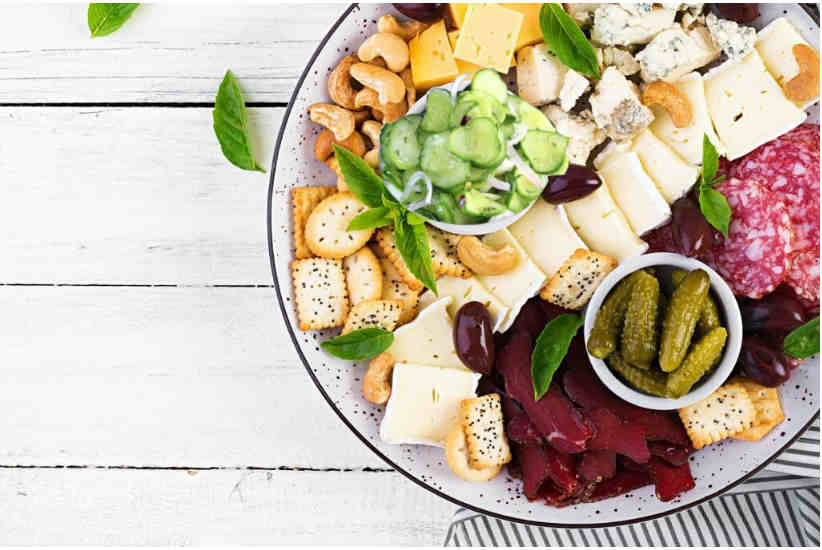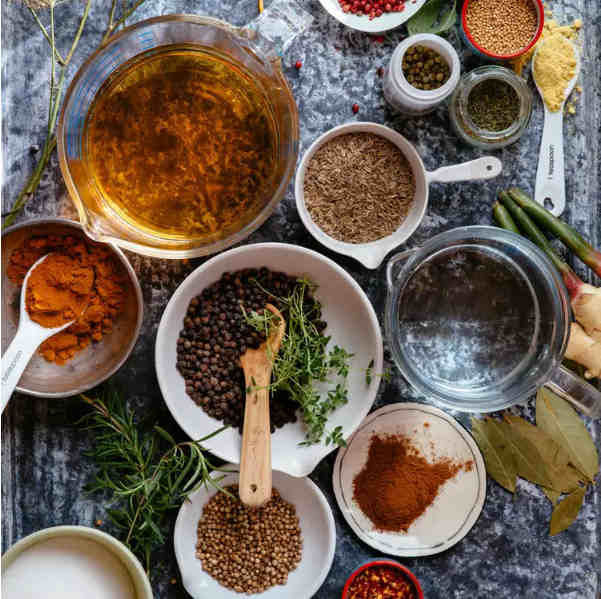Quick Pickles – The Perfect Summer Condiment
- AvoHaven

- Jan 7
- 3 min read
Updated: Aug 12
How to Make Vibrant, Zesty Pickles at Home

Summer is all about sun, beaches, flavours, friends, and experiences. From backyard barbecues with zesty salads to grazing platters and nibbles, pickles are the secret weapon that can take your meals to the next level. But let’s face it—store-bought pickles are often packed with mystery ingredients.
The solution? Quick pickles!
With just a handful of fresh veggies and a few pantry staples, you can transform seasonal produce into mouth-watering pickles in no time. Plus, you’ll know exactly what’s in every bite.
What Is Quick Pickling?
Quick pickling is a simple, no-fuss method for preserving vegetables in a flavour-packed brine. Unlike traditional canning, it doesn’t require special equipment or take hours to prepare. Here’s how it works:
Fresh veggies are immersed in a hot brine made from vinegar, water, salt, and sugar.
Flavours develop quickly—often in a few hours—but hit their peak after about 24 hours.
Quick pickles don’t contain unknown preservatives, so they’re stored in the fridge and enjoyed within a few weeks. Don’t worry—they’ll disappear long before that!
The Best Veggies for Quick Pickling

While cucumbers may be the pickle poster child, they’re just the beginning. Here are some other veggies to experiment with:
Cucumbers: Thin-skinned varieties or mini cucumbers are perfect for that classic crunch.
Carrots: Sweet and versatile, they’re great as sticks, slices, or shredded.
Red Onions: A classic for salads and sandwiches. Slice them thinly for an instant zing.
Capsicums and Chili Peppers: Add colour and spice to your jars. Keep seeds for heat or remove them for a milder kick.
Green Beans: Crisp and refreshing, perfect for snacking or garnishing.
Cauliflower: Absorbs brine flavours beautifully while staying satisfyingly crunchy.
Garlic: Pickled cloves add bold flavour to platters, crackers, or dressings.
Feeling adventurous? Try radishes, fennel, asparagus tips, or even cherry tomatoes. The possibilities are endless!
Crafting the Perfect Brine
The brine is the heart of every great pickle. Here’s a foolproof formula to get you started:
1 part vinegar: White vinegar for sharpness, apple cider vinegar for a hint of sweetness, or a mix of both.
1 part water: Balances the acidity for a perfect bite.
Salt and sugar: Start with 1 tablespoon of each per cup of liquid. Adjust based on the flavour you’re after.
Sweet, Mild, or Savoury?
Sweet Pickles: Up to 3 tbsp sugar, 2 tsp salt.
Mild Pickles: 4 tsp sugar, 2 tsp salt.
Savoury Pickles: 2 tsp sugar, 3 tsp salt.
Pro Tip: Use pickling salt or sea salt to avoid additives that can cloud your brine.
Aromatics, Spices, and Herbs

The beauty of quick pickles lies in their customisation. Add depth with these flavour boosters:
Herbs: Dill, thyme, or bay leaves for fresh, earthy notes.
Spices: Mustard seeds, coriander, fennel, or black peppercorns for complexity.
Heat: Red pepper flakes or sliced chilies for a spicy kick.
Zing: Smashed garlic, ginger, or turmeric for boldness.
Mix and match to create your own signature flavours!
How to Make Quick Pickles
Step 1: Prepare Your Vegetables
Wash your veggies thoroughly. Peel (if necessary) and cut them into your preferred shapes—thin slices, spears, or bite-sized chunks. Keep them uniform for even pickling.
Step 2: Make the Brine
In a saucepan, combine your water and vinegar, then add salt, sugar, and your chosen spices. Heat gently, stirring until the salt and sugar dissolve. Bring to a boil, then remove from heat.

Step 3: Pack the Jars
Sterilise your jars by running them through the dishwasher or using boiling water. Pack the veggies into the jars tightly but don’t overcrowd them, leaving about 1 cm of space at the top of the jar. This headspace ensures your veggies will be fully submerged in the brine.
Step 4: Add the Brine
Pour the hot brine over your veggies, ensuring they’re fully submerged. If you run out of brine, don’t worry—just whip up a small batch of equal parts water and vinegar to top up. Seal the jars with clean lids.
Step 5: Cool and Store
Let the jars cool to room temperature, then transfer them to the fridge. Your pickles are ready to enjoy immediately but will taste even better after about 24 hours.
Quick Pickling Tips for Success
Keep it Crunchy: Don’t overfill jars—compressed veggies lose their crunch.
Experiment Boldly: Combine different veggies and spices for unique creations.
Label Your Jars: Add the date and ingredients to track your pickling adventures.
Quick pickling is more than just a method; it’s an invitation to get creative with fresh, seasonal produce. Whether you’re a pickling newbie or a seasoned pro, there’s no better way to add some homemade magic to your meals.
So, grab your favourite veggies, whip up a brine, and let the pickling begin. Trust us—your summer dishes will thank you!










Comments